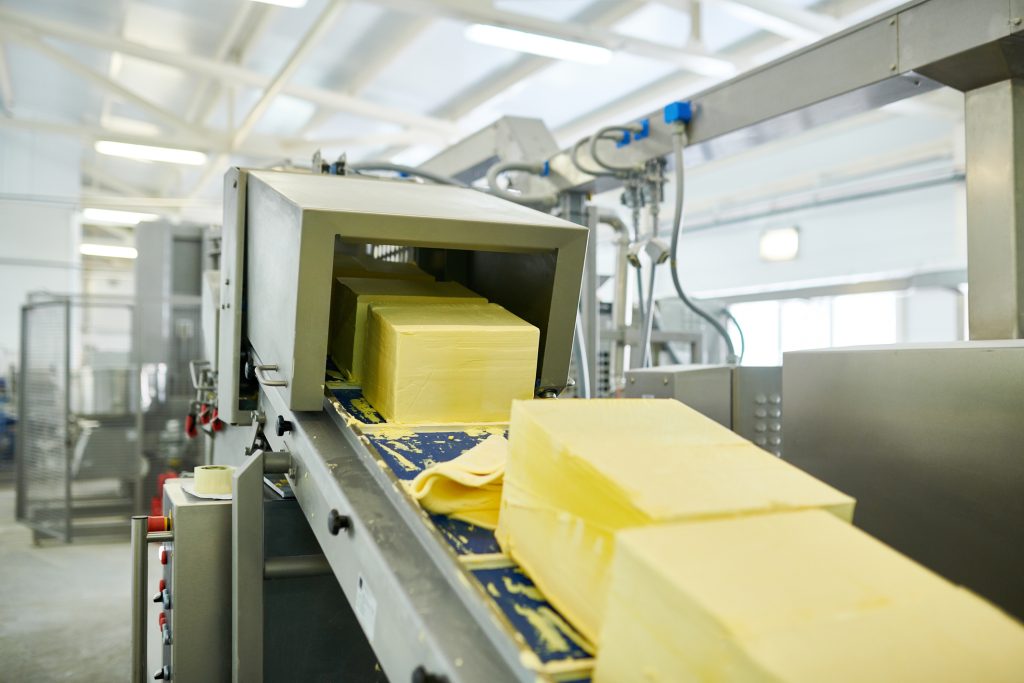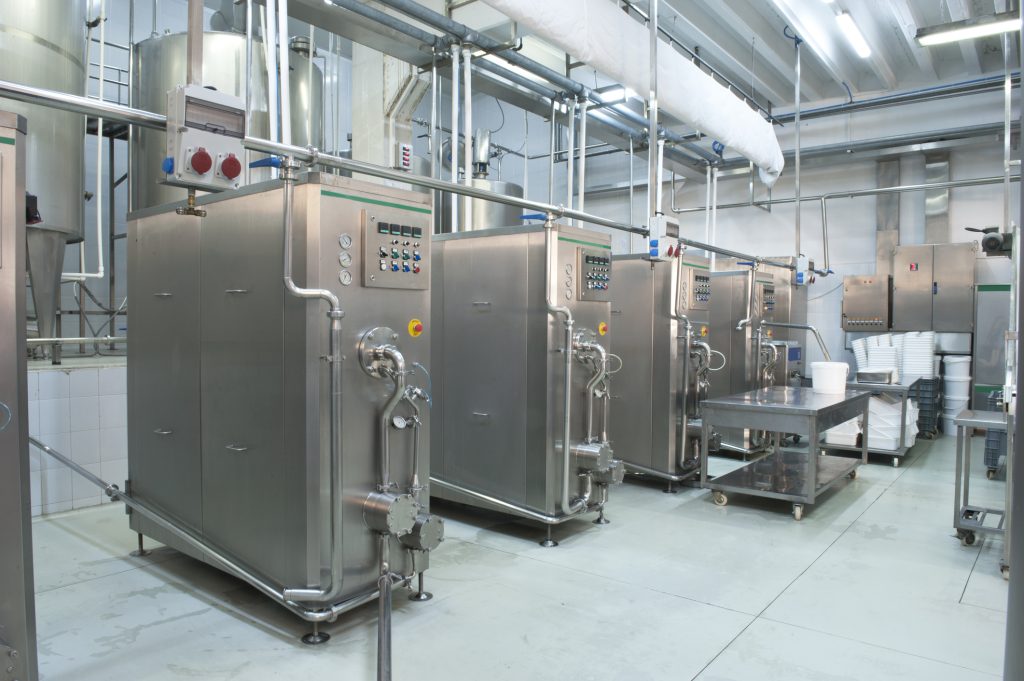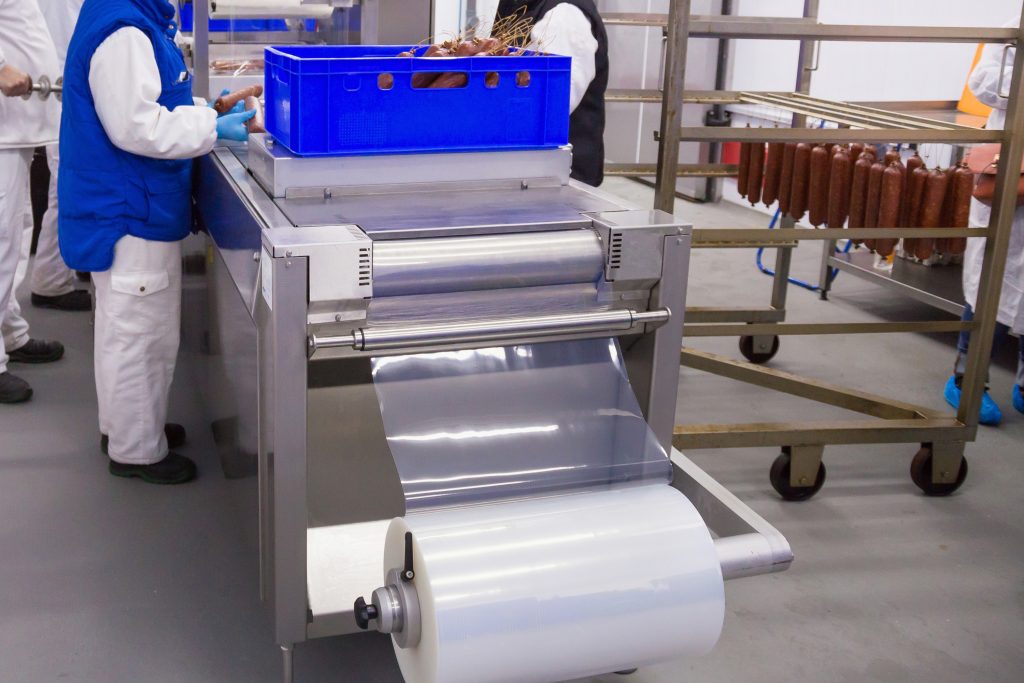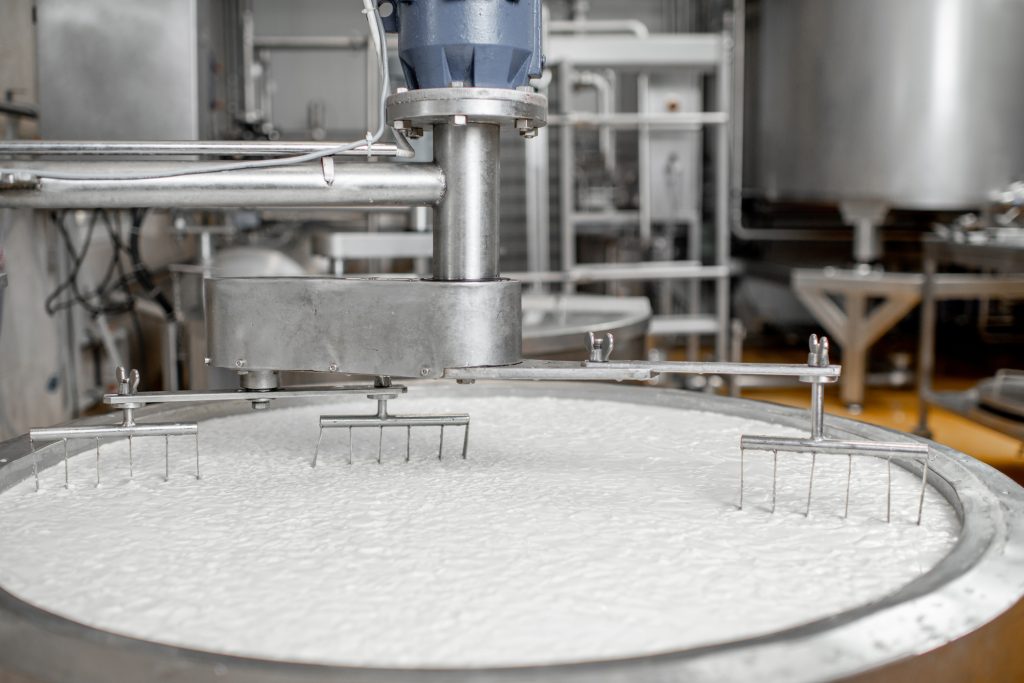
Episode 6: Regulatory Requirements and Challenge Studies
Episode 6: Regulatory Requirements and Challenge Studies
In this episode we are going to continue our look at validation and verification of critical equipment, and we are going to focus on regulatory requirements for food facilities for validation and verification as part of HACCP or Process Controls.
For FSIS facilities overseeing meat and poultry operations, HACCP plans are required. HACCP is also required for FDA facilities producing juice and seafood. That means the crab cake example I mentioned in the last video would require a Seafood HACCP plan and would need to be compliant with the Fish and Fisheries guide, a free resource which can be downloaded.
FDA regulated facilities that produce other types of food other than juice and fish require Preventive Controls Food Safety Plans operating under a standard that is equivalent to HACCP, but uses different terminology and approaches to food safety.
In all types of food safety plans, FSIS HACCP, FDA HACCP, and Preventive controls food safety plans, validation and verification are required. So let’s look carefully at where those requirements come from, and what is expected for validation by those regulators.
Validation and Verification with FSIS Regulated Facilities
For FSIS regulated facilities, validation of critical equipment and processes is part of the HACCP plan. The regulations for FSIS HACCP are found in 9 CFR 417, and the regulation governing validation and verification is 9 CFR 417.4. FSIS has also published a guideline called HACCP Systems Validation that can be downloaded and used to complete the process.
Site inspectors, District Officers, science officers and other representatives of the organization require the use of approved sources of validation, or scientific proof of safety where those approved sources are not applicable.
For cooking of products, the source of regulation is referred to as Appendix A. This document explains the FSIS’s official requirements for validation of cooking poultry and meat, as well as several cooking time and temperature charts.
Where facilities are capable of cooking according to those times and temperatures using properly functioning heat sources, and measuring with properly calibrated thermometers, data loggers or other equivalent devices, approval for the process should be granted.
For cooling of meat or poultry following the cooking of those items, a separate guide, referred to as Appendix B sets the time requirements to get the temperature from hot temperatures above 135 degrees down to refrigerated temperatures below 40ºF. As with Appendix A, if the facility can meet the time requirements and have appropriate cooling devices and space, regulatory approval should be granted following document review.
FSIS Validation Review Requirements
Where a facility is able to meet requirements found in Appendix A, Appendix B and the Tompkins paper for temperature controls separate from cooking and cooling in the facility, they will be subject to a validation review by the FSIS regulators following an agreed upon amount of production runs or timelines.
In the guideline for validation, the timeframe of 90 days, or a minimum of 13 production runs, is required for validation review by FSIS representatives. When validation review occurs, the HACCP plan, hazard analysis, and supplemental validation reports are reviewed and compared to verification records for production runs. In addition to this initial validation review, it is the expectation and requirement of FSIS that facilities under inspection will review their HACCP plans whenever changes are made, and at least every year to ensure the plans are up to date and accurate.
FDA Validation and Verification Requirements
For FDA regulated facilities, regulatory oversight is not the same as FSIS, and as a result, the validation requirements and timelines are very different. FDA requirements for HACCP validation are found in Fish and Fisheries Control Guidelines for seafood, in 21 CFR 120 for juice, and 21 CFR 117.160 for Preventive Control plans.
In all requirements for validation of a HACCP plan or preventive controls plans, validation of equipment and operations is required. Like FSIS, the expected validation period is 90 days from the initiation of a new process or new critical control point. Unlike FSIS, an FDA inspector will not grant approval prior to start up, and will not be able to review these validation records until their next performed visit, which may be months after this period is over.
It is very important for all FDA regulated facilities to properly document validation of equipment as described in the previous episode, as well as to have verification records readily available for inspectors upon request during their visit.
Process Authorities and Challenge Studies
Now that we’ve covered the regulatory requirements for validation, we need to quickly review special circumstances where regulatory guidelines and scientific information is not available for new processes or the critical equipment associated with them. In many circumstances where HACCP plans or preventive controls are created, a process authority, who is a person recognized as having sufficient knowledge to review HACCP and preventive controls plans for safety, can write a letter defining the validation requirements for a process. pH controlled products are required to have process authority letters and most of those facilities have them for each product, or groups of products.
Where process authorities are not capable of documenting validation, a challenge study may be required. A challenge study is a series of tests performed by a qualified lab, under the supervision of a highly trained individual at the lab where ingredients or products are contaminated with food poisoning organisms, and then run through critical equipment to prove that the equipment and process is capable of removing the organisms after processing.
These challenge studies are very expensive and time consuming and worst of all, the outcome may be failure. As a result, they are generally performed by businesses that are well capitalized and can afford the considerable cost and risk associated with having a challenge study performed on their behalf. Challenge studies are a last resort for most small operations to validate a process.
But when you go to a grocery store and wonder why some businesses are allowed to sell certain types of food and others aren’t, such as vacuum sealed seafood at refrigerated temperatures, or certain types of dried meats and cheeses, it is likely because a private challenge study was performed to prove the equipment and processes are safe.
Free Validation & Verification Assessment Log Download
If you would like to discuss having Kellerman Consulting write and implement your food safety and quality management system program, contact us for a free consultation.
Validation & Verification Resources







